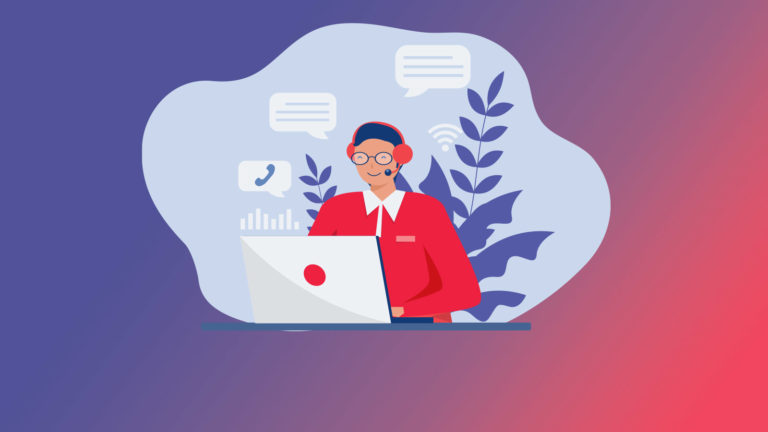Channels like messenger apps, social media, SMS texting, and advanced self-service are creating quite a buzz in the contact center industry these days, but now’s not the time to forget email. It’s time to make it better. According to Leslie O’Flahavan of E-WRITE, many customers actually still prefer to use email for customer support. The phone remains number one, but ignoring email as a customer support channel isn’t wise. In fact, Forrester research indicates email is still the third most widely used form of communication among online adults. The desire hasn’t changed, but all these new channels have caused a shift in customer expectations.
How can the contact center adapt? It starts with understanding what customers today expect from social media support:
- An instant response
- Interaction with a real person
- Share-ability
- Acknowledgement of influence
- Help in their channel of choice
- A direct, personalized response
Luckily, email can meet most of these expectations as long as contact centers are willing to keep an open mind and take a can-do approach. At a previous ICMI Contact Center Demo, Leslie O’Flahavan shared a few best practices for crafting quality emails in the age of social service.
According to Leslie these are the three keys to a great customer support email:
- Answer faster
- Sound friendly, not stodgy
- Integrate self-service options.
Answer Faster
Let’s face it. We live in an age of instant gratification. According to recent research from Jeff Toister, businesses should target a response time standard of one hour, with 15 minutes representing world-class service.
Customers want help and they want it now. So how can the contact center deliver? According to Leslie, there are seven ways to cut down on email response time:
- Hire more people
- Improve your email software
- Route emails
- Improve your template library
- Beef up your self-service or web content
- Train agents in critical reading
- Trust agents to free-text
- Can’t implement all seven of these steps in your contact center? Try focusing on one or two of these and imagine the impact.
Sound Friendly, Not Stodgy
Think about how you communicate with a company via social media or how you talk to your friends during a face-to-face conversation. More than likely, the tone is friendly and conversational. Why should email be any different? Leslie put it this way: “Would you say it in person? If not, don’t put it in an email.”
Keep it real and show customers that there’s a human handling their issue–not a robot. Email is not the place for corporate jargon or insincere promises; it’s a place to build trust.
Integrate Self-Service Options
Members of the ICMI community often ask, “How do I encourage my customers to use self-service?” Email offers the perfect opportunity to do this without seeming to push your customer off to another channel. Gently point customers in the right direction by suggesting they visit xyz.com to do x, y, z. Or include links to your online knowledge base or self-service portal in the agent email signature. And speaking of the email signature—make sure it includes the name and location of the agent. Again, customers want to know they’re speaking with a human who can effectively solve their problem.
Final Advice
Consider all the ways email should integrate with other service channels. To become a true omnichannel contact center, all context from email must flow across channels, and vice versa. When agents can see each step of a customer’s journey, they’re more likely to achieve higher satisfaction and first contact resolution. For example, if a customer emails to ask about changing their service appointment and then they call, the agent should be able to greet them by saying, “Hi, Jessica, I noticed you sent an email regarding Wednesday’s service appointment. At your request, I’ve changed this appointment to Thursday at 3:00. Is there anything else I can help you with today?” Demonstrating this level of knowledge builds customer trust and loyalty. Whether you build it or buy it, using a customer service platform that allows a single conversation across all channels will empower you to deliver seamless, integrated service.
Email Self-Check
For other integrated contact center best practices on social, chat, email, mobile, and omnichannel cloud download our full whitepaper with ICMI “Essential Best Practices for Seamless, Integrated Service in the Contact Center.”




